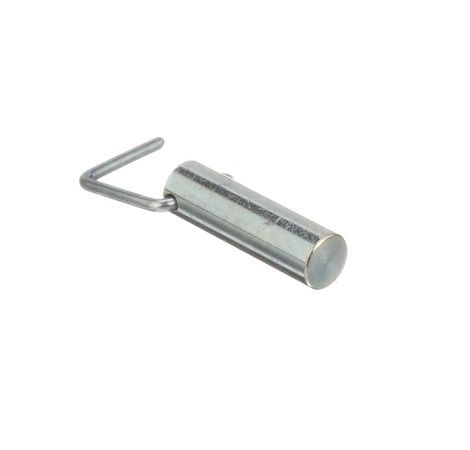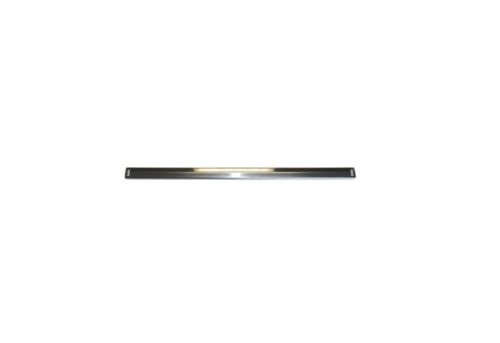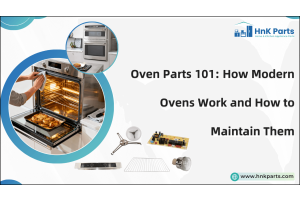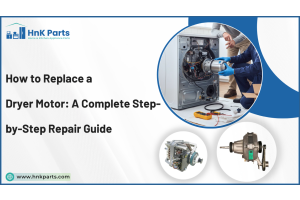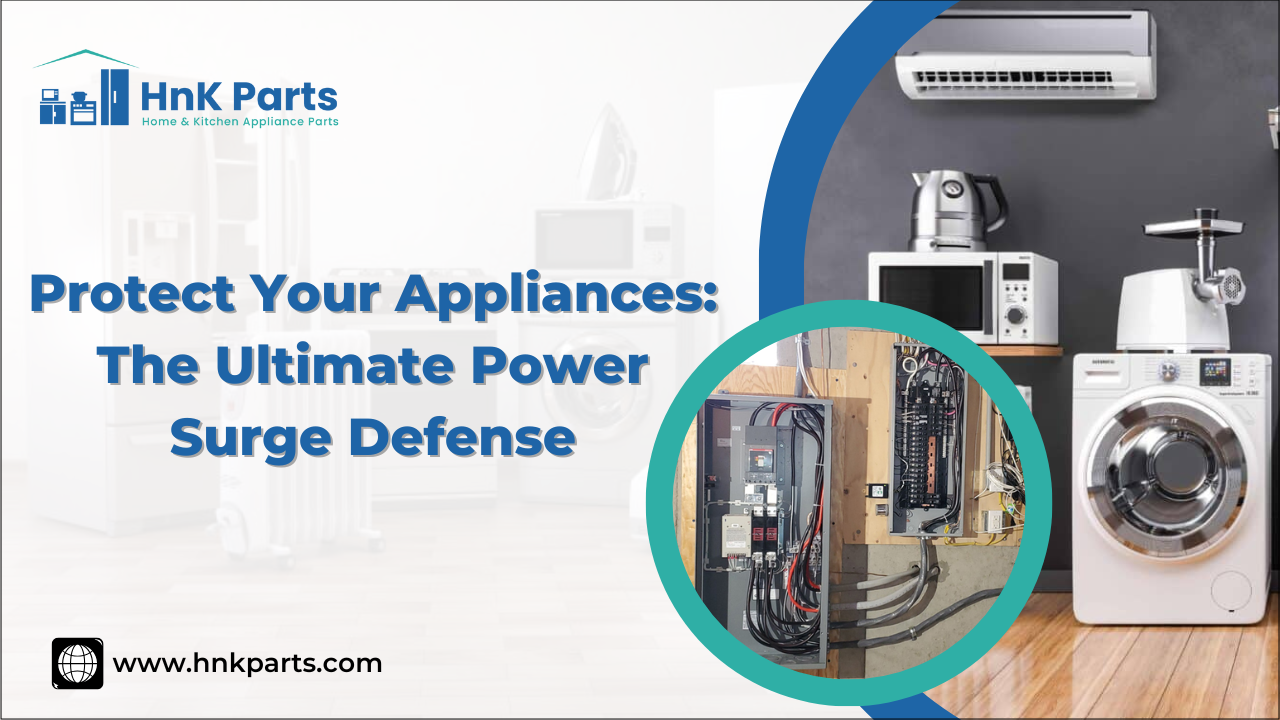
Protect Your Appliances: The Ultimate Power Surge Defense
In these days of a more digital life, household appliances play a very important role in our daily routines, keeping food fresh or making our chores easier. But these necessary devices are vulnerable to many threats, and power surges are one of the most dangerous. Unexpectedly, power surges can be harmful and damaging to our beloved appliances. In this article, we shall discuss the importance of protecting household appliances from power surges, the dangers of power surges, and how to protect your appliances from power surges.
| Table of contents: Understanding Power Surges Identifying Vulnerable Appliances Types of Surge Protection Protective Measures Against Power Surges Additional Tips for Appliance Protection |
Understanding Power Surges
A power surge is a sudden and significant increase in electrical voltage that can overload power in electrical systems and devices. It can last a moment or for a long period, and can badly damage electronics. But they can last a long time on vulnerable appliances if they occur in a matter of a minute or less.
1. Common causes of power surges
Home owners can take preventive measures to understand the common causes of power surges.
-
Lightning strikes: Lightning can introduce enormous voltage into electrical systems and can damage not only appliances but electrical systems and infrastructure as well.
-
Electrical overloads: The other form of interference can come from appliances that pull more electricity than the system can handle, and in particular, when more is drawn than the system can handle during peak usage times.
-
Faulty wiring: Conditions that can increase the likelihood of power surges can be created by aging or faulty wiring within the home.
-
Power restoration after outages: During an outage, electronic devices are susceptible to power surges when power is restored, causing surges from the influx of electricity.
2. Potential consequences
Power surges to all of this equipment have grave consequences:
-
Damage to appliance and electronics organizers: Irreparable damage may be brought to your appliances, which then will need to be repaired or even replaced.
-
Increased risk of electrical fires: Overheating can occur from severe surges and ignite nearby flammable materials, resulting in dangerous fires.
Identifying Vulnerable Appliances
Some appliances are more vulnerable to power surges than others. This allows homeowners to act on identified devices. In particular, the following appliances are vulnerable.
-
Refrigerators and freezers: Refrigerators depend on sensitive electronic parts to keep the temperatures at the right level and are prone to surges that can interfere with their operation.
-
Microwaves and small kitchen appliances: Unlike other rooms, electrical surge damage in kitchens can extend to many small kitchen appliances, including microwaves or toasters.
-
Dishwashers and washers: Sudden voltage increases could interfere with the operation of washers and washers that have complex electronic controls.
-
Dryers: The components of clothes dryers are also at risk of damage due to electrical fluctuations.
12 Most Common Appliance Problems & Solutions
Types of Surge Protection
Surge protection devices are essential for safeguarding electrical appliances from power spikes. Below are the types of surge protectors and their key features:
|
Type |
Description |
Key Features |
|
Point-of-use surge protectors |
Power strips with built-in surge protection designed for individual devices like computers, smart TVs, and gaming consoles. |
Lower value offers better protection. Joule Rating ensures better energy absorption. |
|
Whole-house surge protectors |
Installed at the electrical panel to protect the entire home's electrical system from surges. |
Shields all electrical devices within the home, reducing the risk of surge damage. |
Protective Measures Against Power Surges
Installing surge protectors, grounding your electrical system, and unplugging devices during storms can reduce potential damage.
-
Surge protectors: The role of surge protectors is to divert excessive voltage away from your appliances. The following are important points to consider.
-
Distinction from standard power strips: You need to distinguish between a standard power strip and a surge protector. Only the latter divert excess voltage.
-
Choosing the right surge protector: To assure adequate protection, it is essential to choose surge protectors that specify their clamping voltage and joule ratings.
-
Unplugging devices: A good and often underrated way to prevent surge damage is to unplug non-essential appliances during storms or when they are not in use. A simple action such as this can greatly reduce the chances of voltage spikes affecting vulnerable devices.
-
Regular electrical maintenance: If you have an electrical system at home, qualified electricians can conduct routine inspections and confirm that your home’s electrical system is working as it should and is up to date. Checking for problems like bad wiring can forestall some surges and the other problems that can arise, electrical.
Additional Tips for Appliance Protection
Regularly inspect wiring for signs of wear. Use smart plugs or power conditioners to stabilize voltage and improve appliance longevity.
-
Avoid overloading circuits: Overloading circuits is caused by plugging too many high-wattage devices into one outlet or power strip, damaging them and increasing the chance of surges. Be aware of the electrical load being put on each circuit and place devices accordingly.
-
Proper use of power strips: Power strips are convenient, but we need to proceed carefully with their possible shortcomings. Daisy chaining multiple power strips will increase load and be a hazard. Always use only one power strip per outlet and make sure it’s rated for the devices you are using.
-
Consideration of standby power: Some standby mode devices still consume power and thereby increase energy usage and risk during surges. Saving energy and reducing surge damage can be accomplished by unplugging these devices when they are not in use.
Best Ways to Keep Home Appliances in Good Shape?
Protective measures against power surges should be implemented to protect your household appliances. Understanding the reasons behind power surges and their consequences; determining the highly sensitive appliances and implementing the measures that will prevent the consequences can greatly minimize damage to homeowners. Being proactive, such as using surge protectors, having whole house surge protection, unplugging sensitive items during storms, and proper maintenance of electrical systems themselves, goes a long way in keeping sensitive appliances safe and out of harm's way. HnK Parts offers a wide selection of high-quality kitchen appliance parts from leading manufacturers at competitive prices.
FAQs
How often should I replace my surge protector?
Surge protectors should be replaced every two to three years or sooner if they have had a major surge event. Always look at the indicator lights and the manufacturer’s guidelines for replacement recommendations.
Can I use a surge protector with large appliances like refrigerators?
You can use surge protectors with large appliances, but it is recommended to use whole house surge protectors for high wattage appliances. Always check the specification and make sure the surge protector is rated for the electrical load of the appliance.



